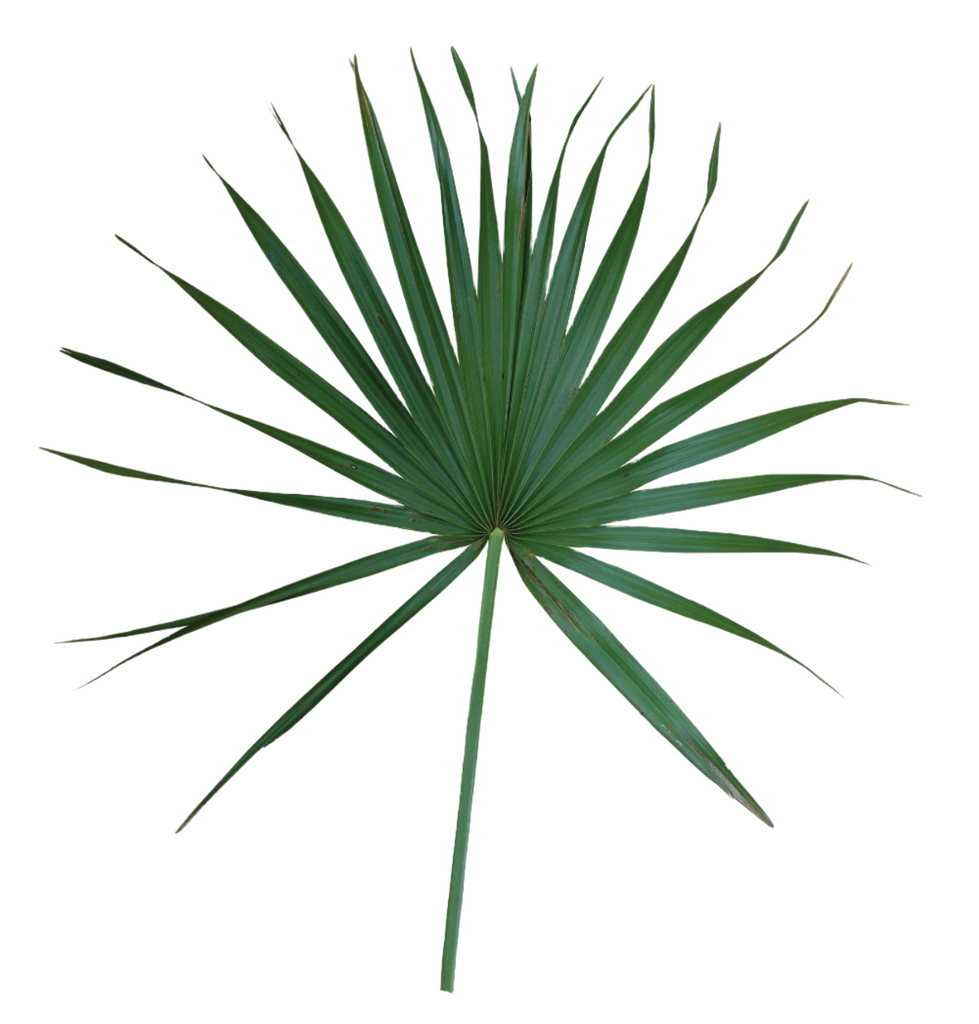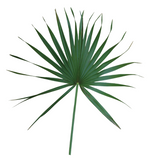Botanical Name: Sabal Palmetto
Sabal palmetto grows up to 65 feet or 20 meters. Starting at ½ to ⅔ the height, the tree develops into a rounded, Costa palmate fan of numerous leaflets. A Costa palmate leaf has a definite costa (midrib) unlike the typical palmate or fan leaf, but the leaflets are arranged radially like in a palmate leaf.
Storage:
55-60 F.
Common Uses:
- The growing heart of the new fronds, also known as the terminal bud, gives the tree its "cabbage" name, since this is extracted as a food and tastes like other undifferentiated plant meristem tissue, such as the heart of a cabbage or artichoke.
- Members of this family provide the world with many products including food (coconut and oil), ornamental, wax, fibers and beverages.
- While it can be grown in southern Florida, most of this crop is grown in Mexico and Guatemala for both economic and cultural reasons. Namely, even in southern Florida it can get too cold for this species.
- In 1998, a new mutant form of S. palmetto was discovered in southwest Florida, and named as a cultivar, Sabal palmetto "Lisa". This cultivar has unusually thick and leathery, largely fused leaflets that give the palm a unique and appealing appearance. Over 60% of the seedlings have the same leaf characteristics as the parent plant and Sabal palmetto "Lisa" has been popularized in the nursery trade in Florida over the last 20 years and proven to be as resistant to heat, wind, cold, drought, and neglect as the common form while keeping its shape




